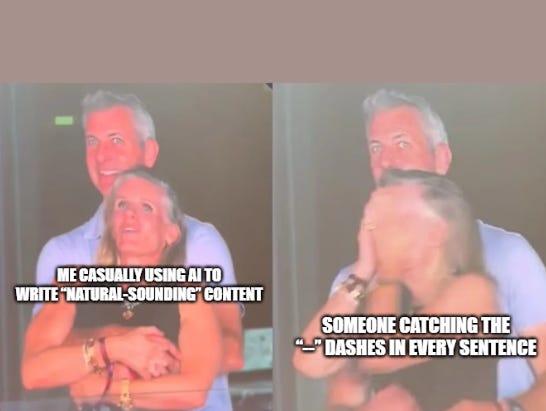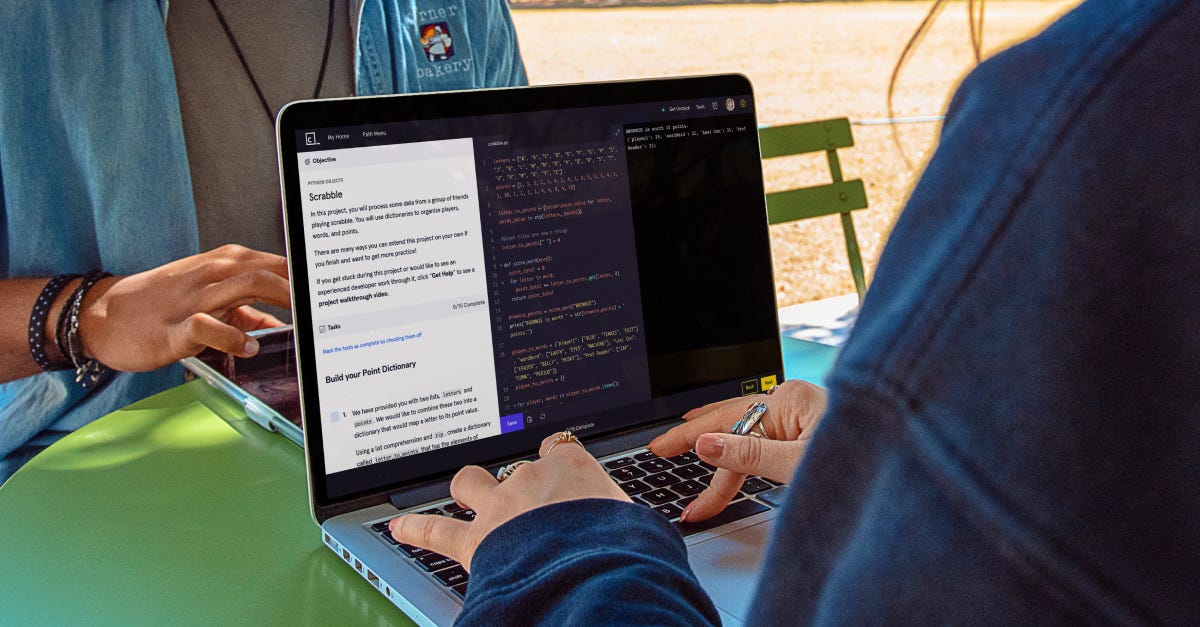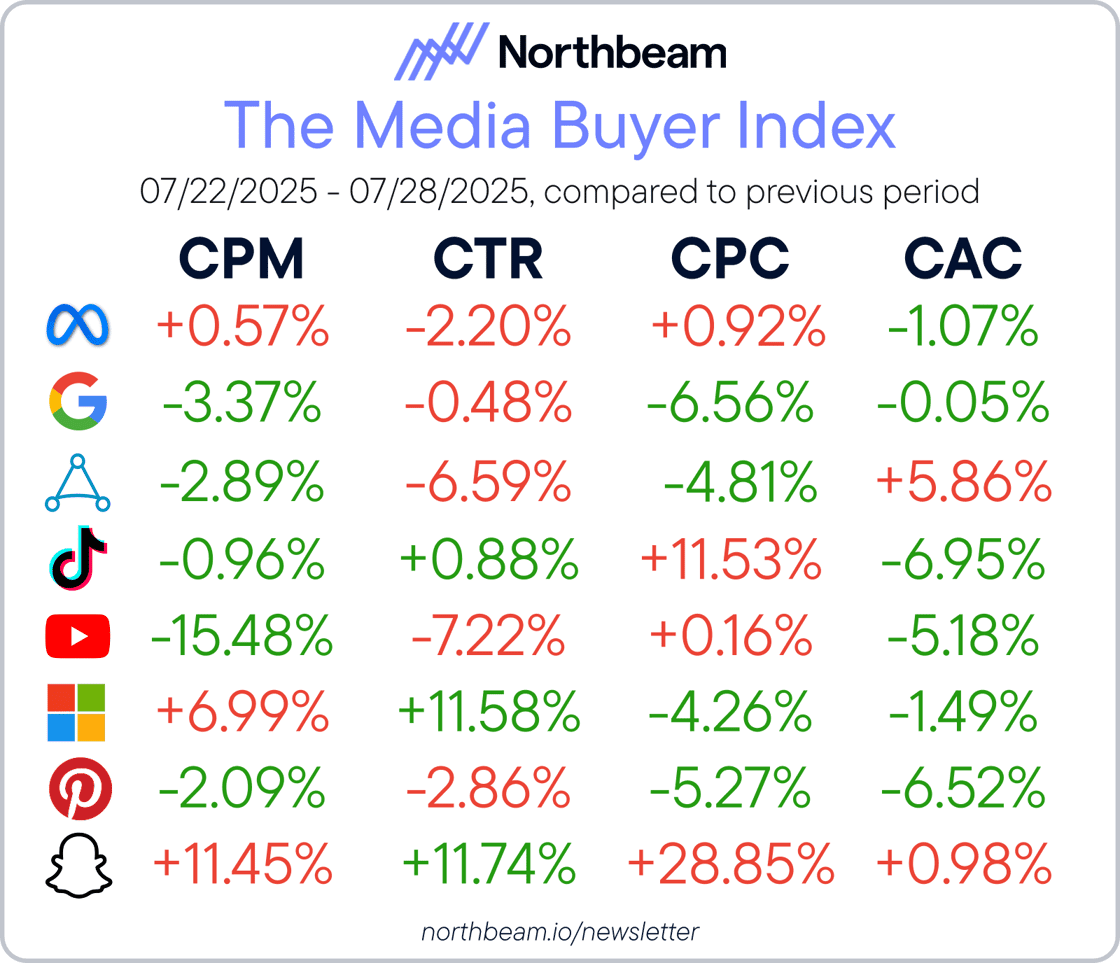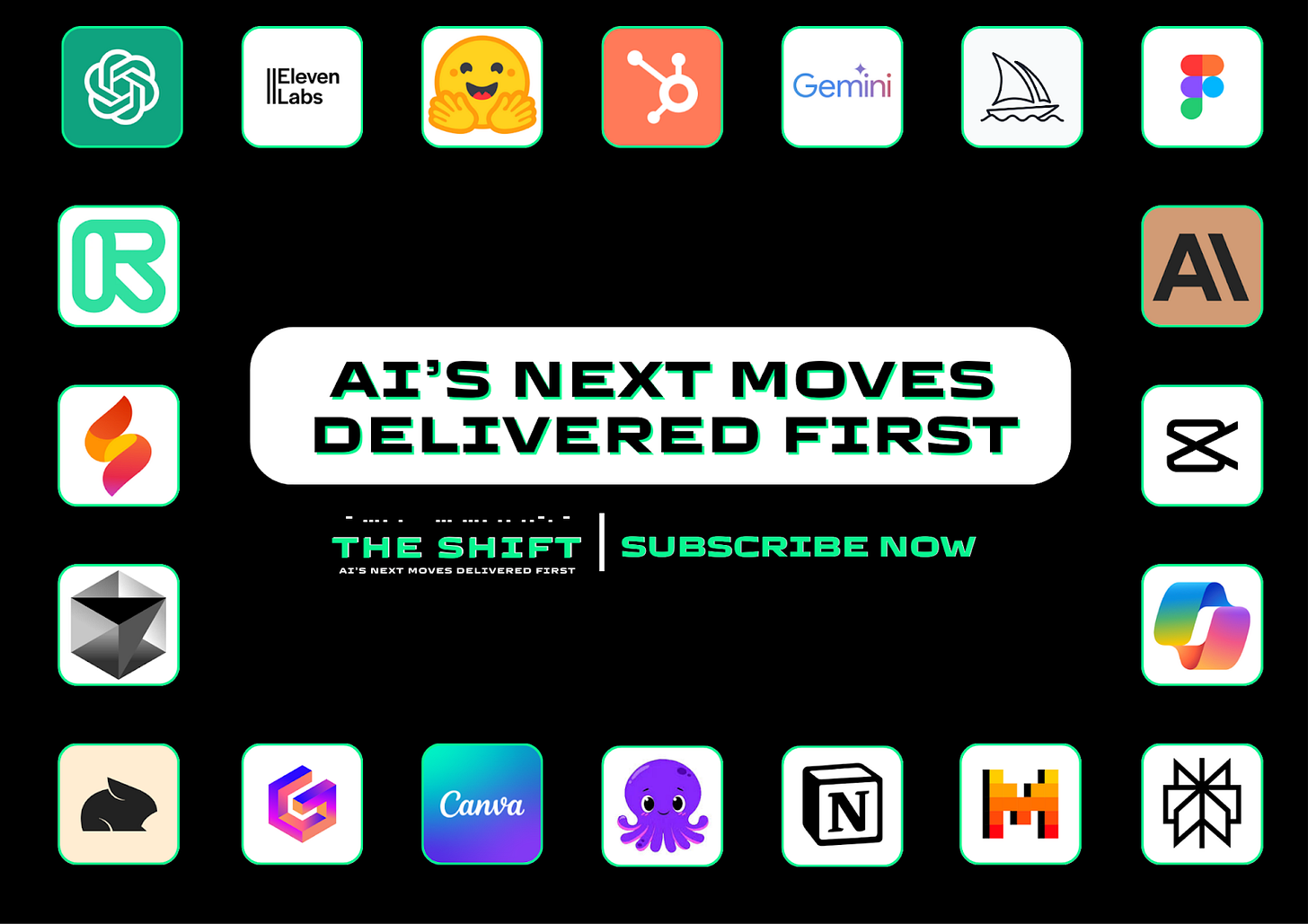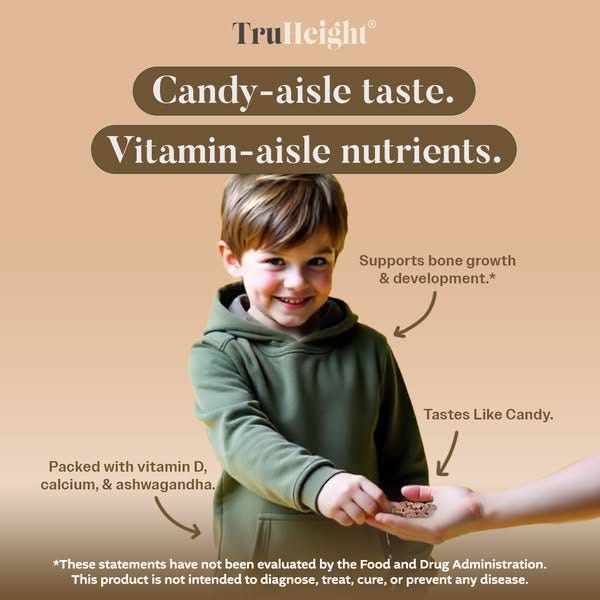Instant Gratification Wins the Cart
⚡️Customers don’t care how loyal they were to your brand last week. In the moment they want something, the path of least resistance wins, The Paid Media Shake-Up You Can’t Ignore, and more!
Howdy Readers 🥰
In this newsletter, you’ll find:
⚡️Instant Gratification Wins the Cart: When fulfillment beats funnels.
📊 The Paid Media Shake-Up You Can’t Ignore
🏆 Ad of the Day
If you’re new to ScaleUP then a hearty welcome to you, you’ve reached the right place along with 50k+ CEOs, CMOS, and marketers. Let’s get into it, shall we? Oh! Before you forget, if someone forwarded this newsletter to you, don't forget to subscribe to our newsletter so you never miss out!
Together with Codecademy
Unlock new career opportunities with Codecademy
Whether you’re looking to change careers or advance in your current role, Codecademy can help you build job-ready tech skills.
With Codecademy Pro, you’ll be able to:
Unlock access to over 600 courses and career paths
Get step-by-step guidance through everything you need to land the job you want
Prepare for top industry certification tests
You can save 15% on an annual Pro membership and start learning in-demand topics like AI, data science, and cybersecurity. Just use code SKILLUP15 at checkout.
⚡️Instant Gratification Wins the Cart: When fulfillment beats funnels.
Customers don’t care how loyal they were to your brand last week. In the moment they want something, the path of least resistance wins. That’s why platform-first delivery, not brand-controlled checkout, is often the smarter play.
1. High-Intent ≠ High Patience
The most valuable users aren’t browsing, they’re hunting. When someone Googles your brand or product by name, they’re ready to buy now. But if your checkout promises 3–5 day delivery and a quick commerce platform offers same-day, you just lost the sale.
Consumers aren’t comparing brands, they’re comparing time. This is why you’ll see platforms like Amazon win your branded terms, even when you’re the manufacturer. Convenience beats loyalty when urgency enters the chat.
2. Your Ad Budget Is Funding Someone Else’s Win
When you bid on your brand keywords and show a slower path to delivery, you’re setting up friction by default. Meanwhile, your product shows up in Shopping ads from resellers, with better delivery options. You’re paying to drive traffic, but the sale goes to someone else.
In some cases, turning off brand search increased efficiency by 25%, with zero impact on traffic. Why? Because customers still found the brand organically, but now with better options shown first. Smart logistics integration turned a defensive move into an offensive gain.
3. Platform Visibility > Channel Control
Everyone wants to “own the customer journey,” but that mindset can cost you conversions. The smarter move is to embed your offering into where the customer already shops, quick commerce, marketplaces, or native checkout options. Meet them where their intent is highest and resistance is lowest.
The goal isn’t to force loyalty through limitations. It’s to earn repeat purchases through seamless experiences. Being visible where fulfillment feels instant is what converts a one-time buyer into a habit.
4. Don’t Guard the Traffic, Guide It
This shift only works if your fundamentals are strong:
Solid organic visibility
Reliable 3P fulfillment partners
Accurate inventory syncing across channels
Once in place, letting platforms “compete” to serve your traffic unlocks more revenue than obsessing over your own PDP flows. The myth that brand terms must always be protected dies hard, but the math doesn’t lie.
📊 The Paid Media Shake-Up You Can’t Ignore
This week’s Northbeam Media Buyer Index reveals major shifts in platform efficiency. While a few underdogs punched above their weight, giants like Meta and TikTok struggled to justify their spend. Here’s how the metrics stack up, and what marketers need to watch closely.
The Breakdown:
1. CACs Drop on TikTok, Pinterest, and YouTube - Customer acquisition costs fell 6.88% on TikTok, 6.65% on Pinterest, and 6.2% on YouTube, making them efficient bets for acquisition. Meanwhile, CACs spiked 11.86% on Snap and 8.67% on Amazon, driving up risks.
Takeaway: these CAC dips are prime moments to test new creative angles and scale lean without overspending.
2. Google and Pinterest CPCs Now Offer Cheaper Reach - Google CPC dropped 6.56%, Pinterest 5.27%, and Microsoft 2.37%, unlocking lower-cost traffic with high reach. In contrast, CPCs jumped 11.53% on TikTok and 28.85% on Snap.
Takeaway: lower CPCs mean more room to test headlines, angles, and LPs without immediate pressure to convert.
3. Pinterest and YouTube Deliver Surprise ROAS Wins - Pinterest ROAS surged 31.82%, YouTube 11.53%, and Microsoft 7.67%, outpacing Meta and TikTok. Pinterest alone returned 5× more value per budget share than any other platform.
Takeaway: these sleeper platforms reward bold reallocation, don’t ignore high-ROAS channels just because they’re low-volume.
Meta and Google claimed 83.58% of spend, yet Pinterest, with just 0.61% budget share, drove the highest ROAS delta. The gap between where budgets go and where results come from is widening fast. It’s no longer about testing new channels; it’s about shifting budget where results are already compounding.
Together with The Shift
You’re Not an AI Beginner. You’re Just Learning It Backwards.
You don’t need another explainer thread.
You need to unlearn the slow way people are picking up AI.
At The Shift AI, we help you flip the script and go straight to application.
✅ Build AI workflows that replace manual processes
✅ Use prompts to think better, not just type faster
✅ Automate outcomes, not just responses
Most people start with tools. You’ll start with strategy.
Join today and get 2000+ top tools, 300+ proven prompts, and access to our free AI courses.
Subscribe now!
🏆 Ad of the Day
What Works:
1. Headline Uses Contrast Framing to Merge Two Desires - “Candy-aisle taste. Vitamin-aisle nutrients.” is a brilliant tension-resolving headline. It satisfies both the child’s desire for flavor and the parent’s need for function.
2. Ingredient Callouts Add Functional Proof Without Clinical Overload - Vitamin D, calcium, and ashwagandha are called out cleanly and simply, anchoring the “nutrients” claim in reality. It signals that this isn’t just candy in disguise—it’s backed by purposeful formulation.
3. The CTA Is Implied, Not Forced, Driving Curiosity First - Rather than a hard-sell CTA, this ad relies on curiosity and delight. The candy comparison, happy child, and minimalist layout invite exploration, not pressure. This is optimized for higher initial engagement and likely designed to retarget based on soft interest cues (hover time, scroll depth).
Broader Insights:
TruHeight leans into the emotional simplicity parents crave, “Will my kid like this, and can I trust it?” Instead of overloading the viewer with claims or charts, it offers a feeling: joy, ease, and no daily battles over pills or syrups. The best kid-focused DTC products don’t sell features, they sell relief.
Advertise with Us
Wanna put out your message in front of over 50,000 best marketers and decision makers?
We are concerned about everything DTC and its winning strategies. If you liked what you read, why not join the 50k+ marketers from 13k+ DTC brands who have already subscribed? Just follow this.
At ScaleUP, we care about our readers and want to provide the best possible experience. That's why we always look for ways to improve our content and connect with our audience. If you'd like to stay in touch, be sure to follow us EVERYWHERE🥰
Thanks for your support :) We'll be back again with more such content 🥳

